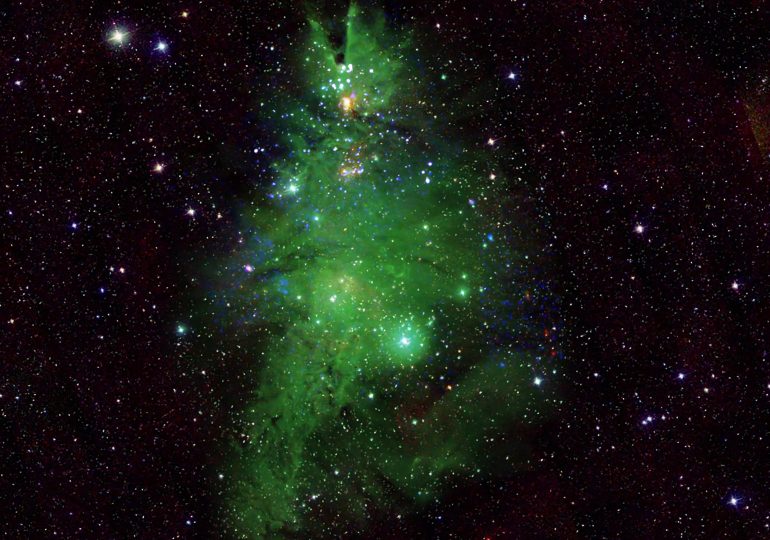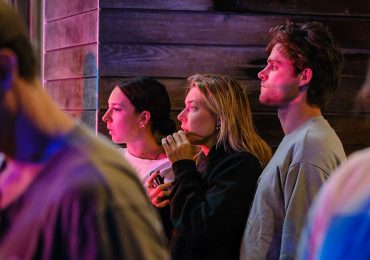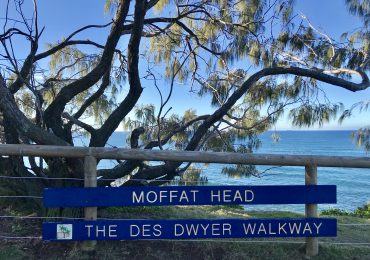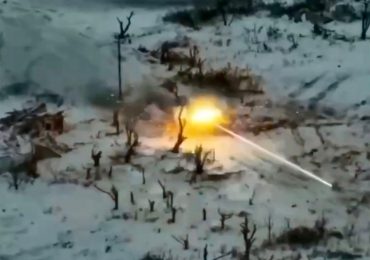NASA’s telescopes have delivered a just-in-time holiday gift from the other side of the galaxy—a new composite image of a particularly festive grouping of stars known as the Christmas Tree Cluster.
The “tree,” along with another deep-sky object known as the Cone Nebula make up the NGC 2264 cluster. It was discovered in January 1784 by the astronomer William Herschel and is one of the many nebulae to receive a nickname based on a resemblance to an earthly object or creature. To create the most pine-like image of the cluster yet, NASA researchers have compiled renderings from multiple sources, including the agency’s own Chandra X-ray Observatory. The Chandra telescope specializes in capturing X-ray emissions from stars at high temperatures, represented in the image by blue and white specks.
[time-brightcove not-tgx=”true”]
An animated version of NASA’s image showing overlays of each star’s variations via X-ray was created with the assistance of the Two Micron All Sky Survey, an infrared project supported by NASA at the turn of the century.
The stars that make up NGC 2264 are between one and five million years old, according to NASA, and the brightest among them are believed to have a mass equivalent of as many as seven of our suns. The triangular shape they form has been rotated in the image to better highlight its resemblance to a tree, while optical data from the National Science Foundation’s Wisconsin-Indiana-Yale-NOIRLab Observatory captures the cloud of nebulous gas making up the leaflike bushiness of the holiday staple.
NGC 2264 lives in the Milky Way’s Monoceros constellation, roughly 2,5000 light-years from Earth. Though it isn’t prominent in NASA’s new image, NGC 2264 is also home to another seasonal set of stars nicknamed the “Snowflake Cluster.” This smaller structure is found within the larger Christmas Tree Cluster, and is made up of lines of young stars gradually drifting out from a center point.
Leave a comment
















